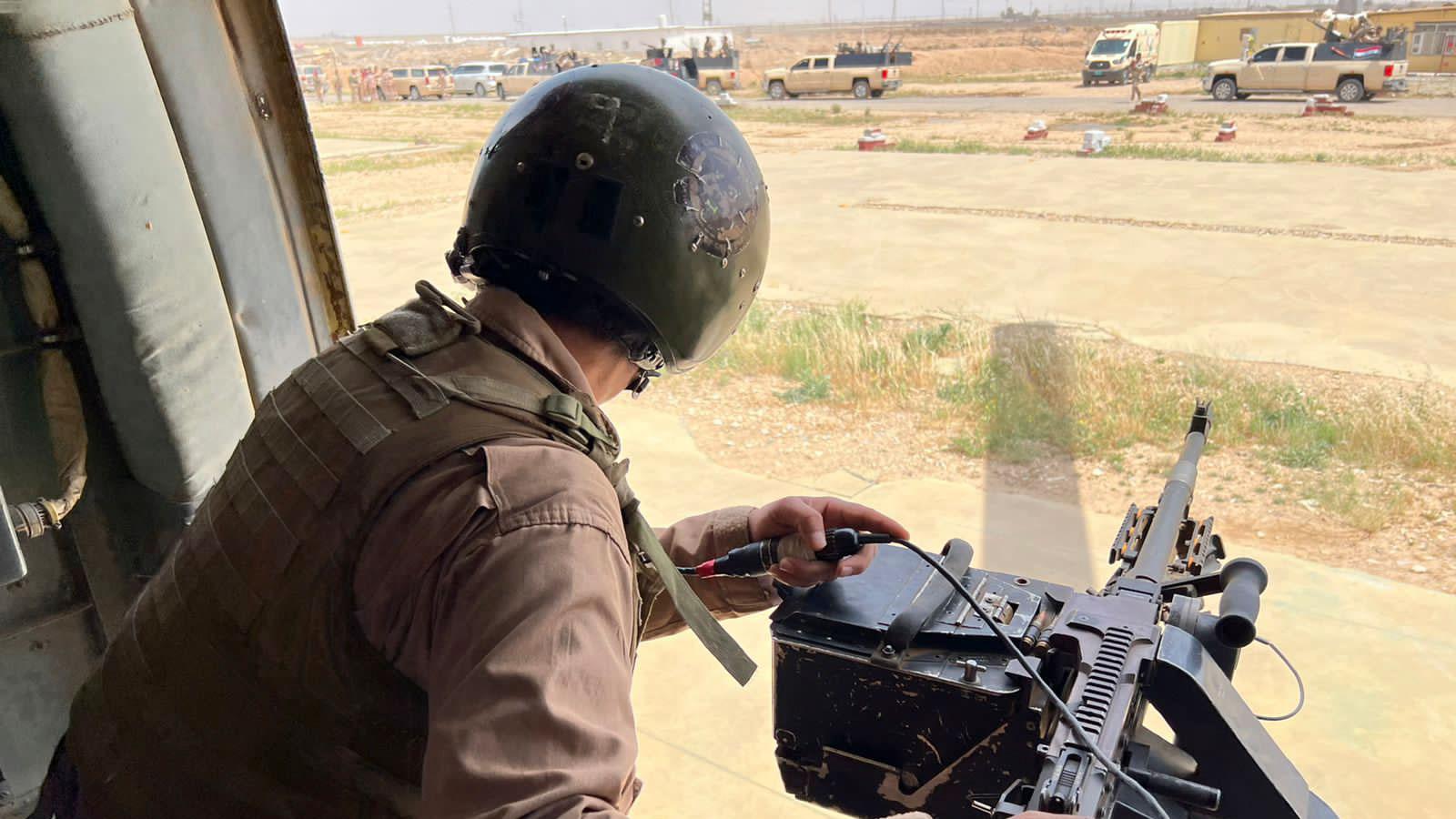At the age of 18, Iman Jalal has already fled her home three times.
The teenager has been stuck in cycles of danger and displacement ever since ISIS attempted to seize control of Sinjar, the ancestral homeland of the Yazidi people, nearly eight years ago.
Jalal attempted to return to her war-scarred district to rebuild her life after living in a camp for displaced people.
But recent fighting between the Iraqi army and a local militia in heavily populated civilian areas has led to the displacement of an estimated 10,000 people, according to Kurdish officials, as Jalal and others fled to camps in the semi-autonomous Kurdistan region.
“We were frightened. The bullets hit our house. … All my siblings were scared. So we were forced to leave and return to Kurdistan.”
“We were frightened. The bullets hit our house,” Jalal said, referring to the Iraqi military offensive on May 1 to push out the Sinjar Resistance Unit (YBS) from the area.
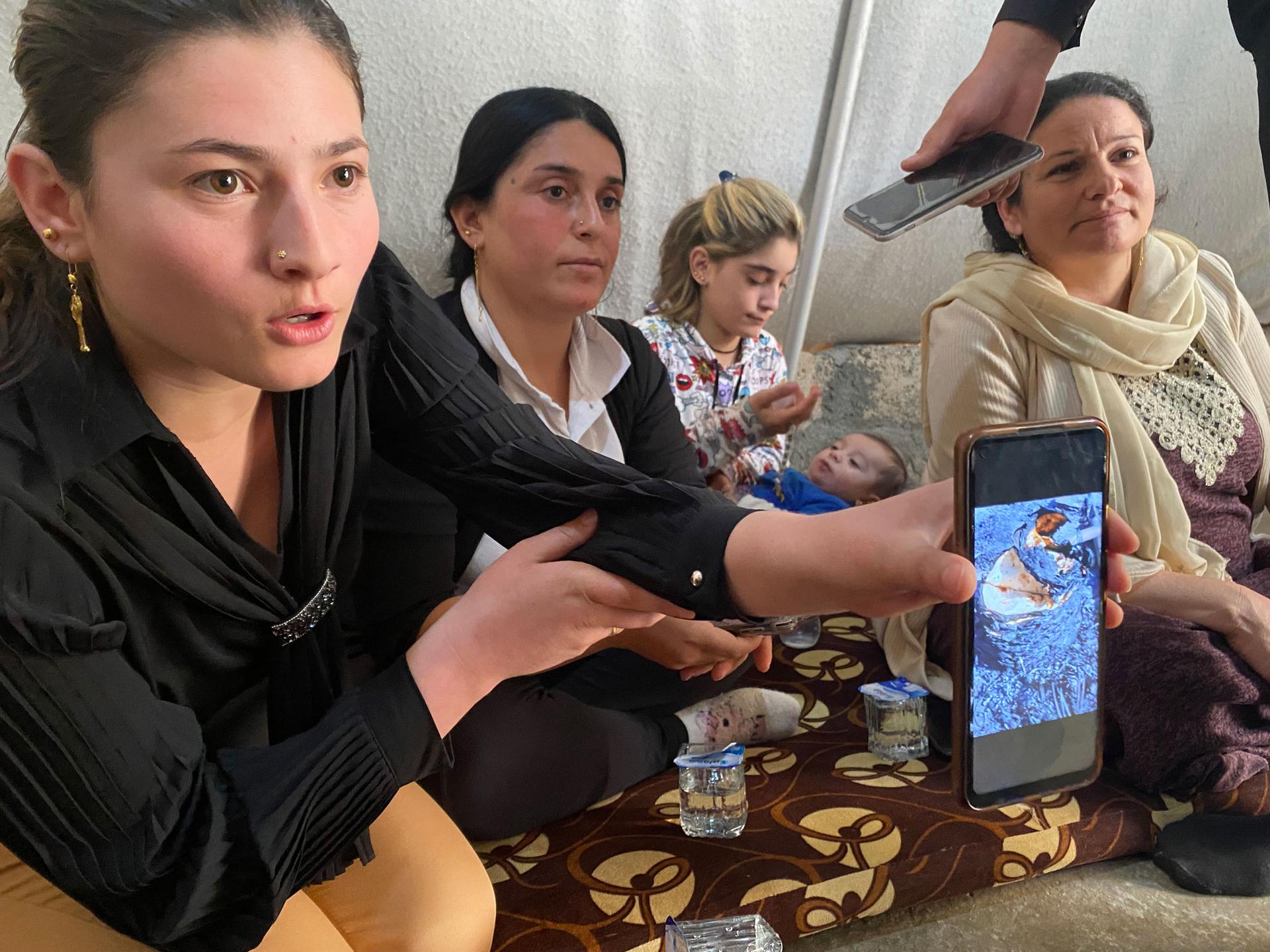
YBS, a local Yazidi militia group, helped push ISIS out of the area in 2015. It has strong ties to the Kurdistan Workers’ Party (PKK), an insurgent group from Turkey.
The Iraqi military said its aim was to dismantle YBS checkpoints, clear the PKK from the area and reestablish government control.
“All my siblings were scared. So we were forced to leave and return to Kurdistan,” Jalal said.
Fighting ceased on May 3, and the Iraqi army said it had reestablished control of Sinjar.
But violence and subsequent displacement dealt a blow to Baghdad’s efforts to encourage more Yazidis to return to their ancestral homeland after years of war.
“How can we return? The same conflict remains,” Jalal said.
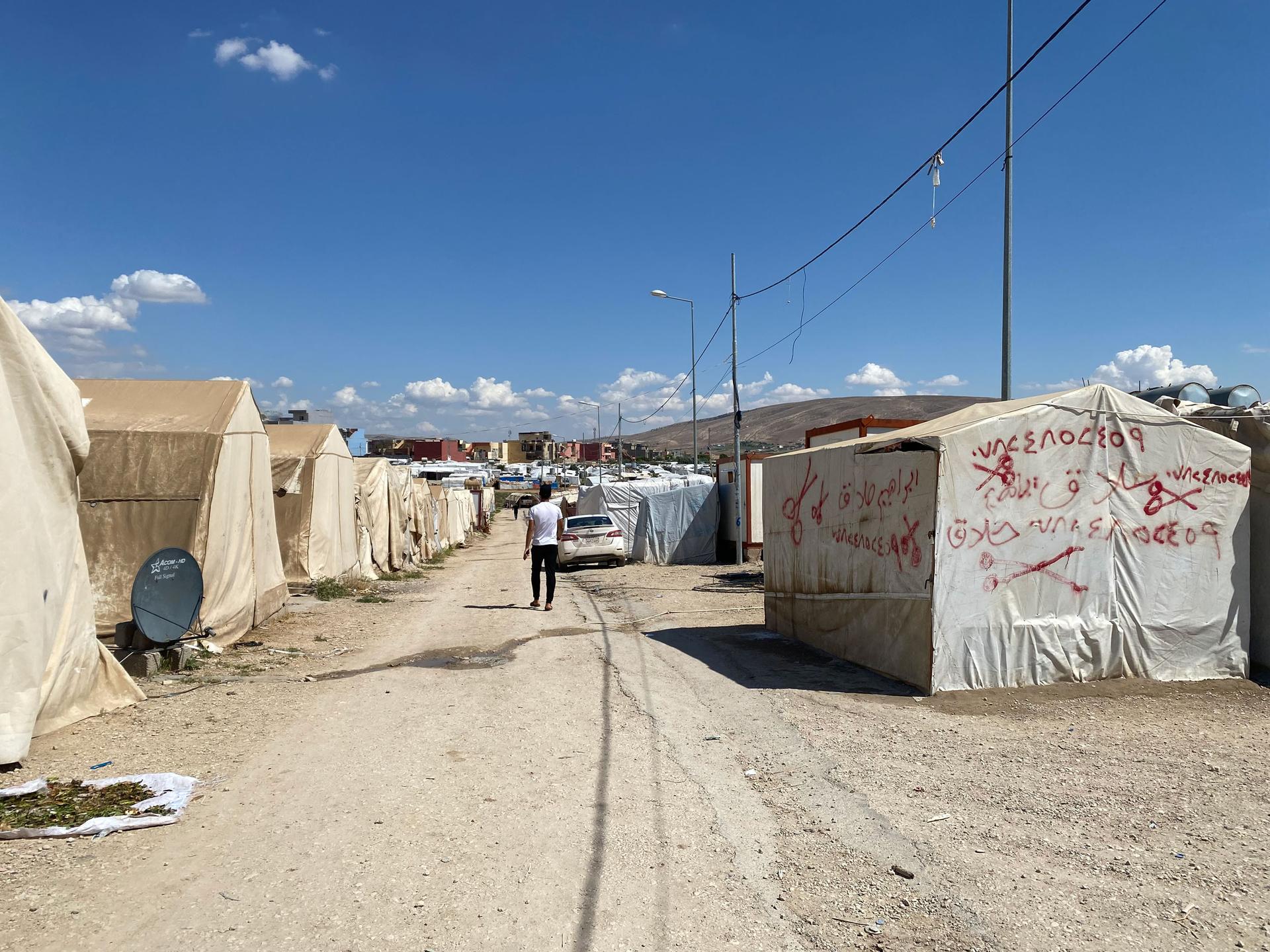
The latest violence comes despite an agreement brokered by the United Nations in October 2020 between Baghdad and the Kurdish government to implement order in the area. Under that agreement, Iraq’s federal police hold sole state authority.
Critics say the accord has not proven successful because its architects did not consult powerful militia groups in Sinjar and Yazidi leaders.
The agreement failed to simplify the maze of armed forces operating in the disputed area between the federal Iraqi government and the Kurdistan region of northern Iraq.
The Iraqi army patrols the area. So do Kurdish rebels against whom Turkey regularly launches airstrikes. There’s also Iran-backed militia groups. Locals say these actors do not have the best interests of Yazidis in mind, and have hindered efforts to rebuild the still-dilapidated town of Sinjar.
This month’s events triggered memories of when ISIS killed and captured about 10,000 Yazidis in what the United Nations has classified a genocide. Men were slaughtered enmasse and women were subjected to sexual slavery.
“Whenever the children hear any shooting they run to their moms and they say ISIS has come for us.”
“Whenever the children hear any shooting they run to their moms and they say ISIS has come for us,” said Sinjar resident Fais Haji, who also fled recently.
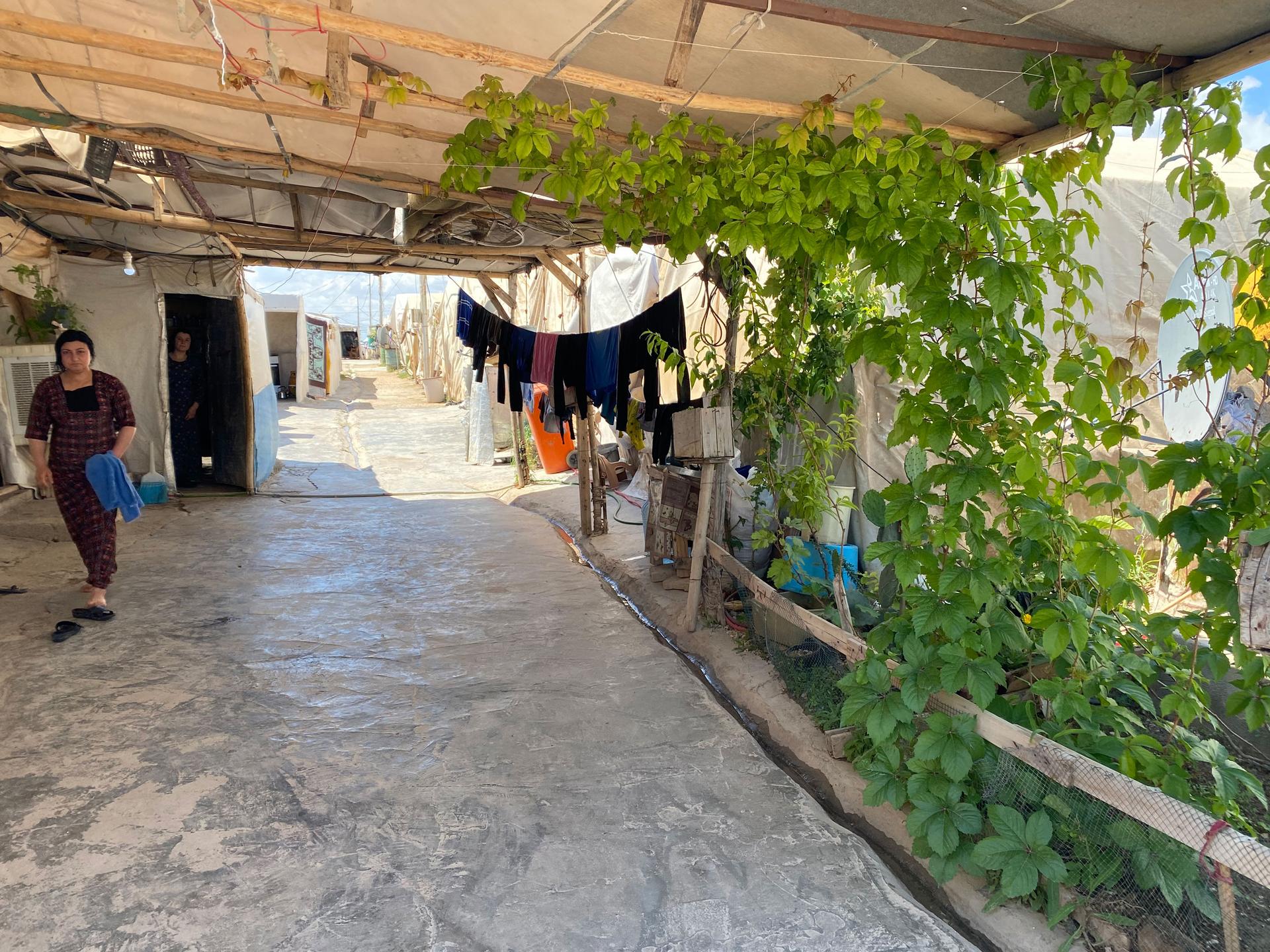
Sinjar resident Haji believes the solution is for all armed groups to withdraw from civilian areas in Sinjar and leave security to local police. Hundreds of protesters have staged daily protests to echo this call for a full withdrawal of all armed groups.
“We came to the streets to demonstrate against all of them. We say we don’t want anyone except the local police and intelligence security of Iraq.”
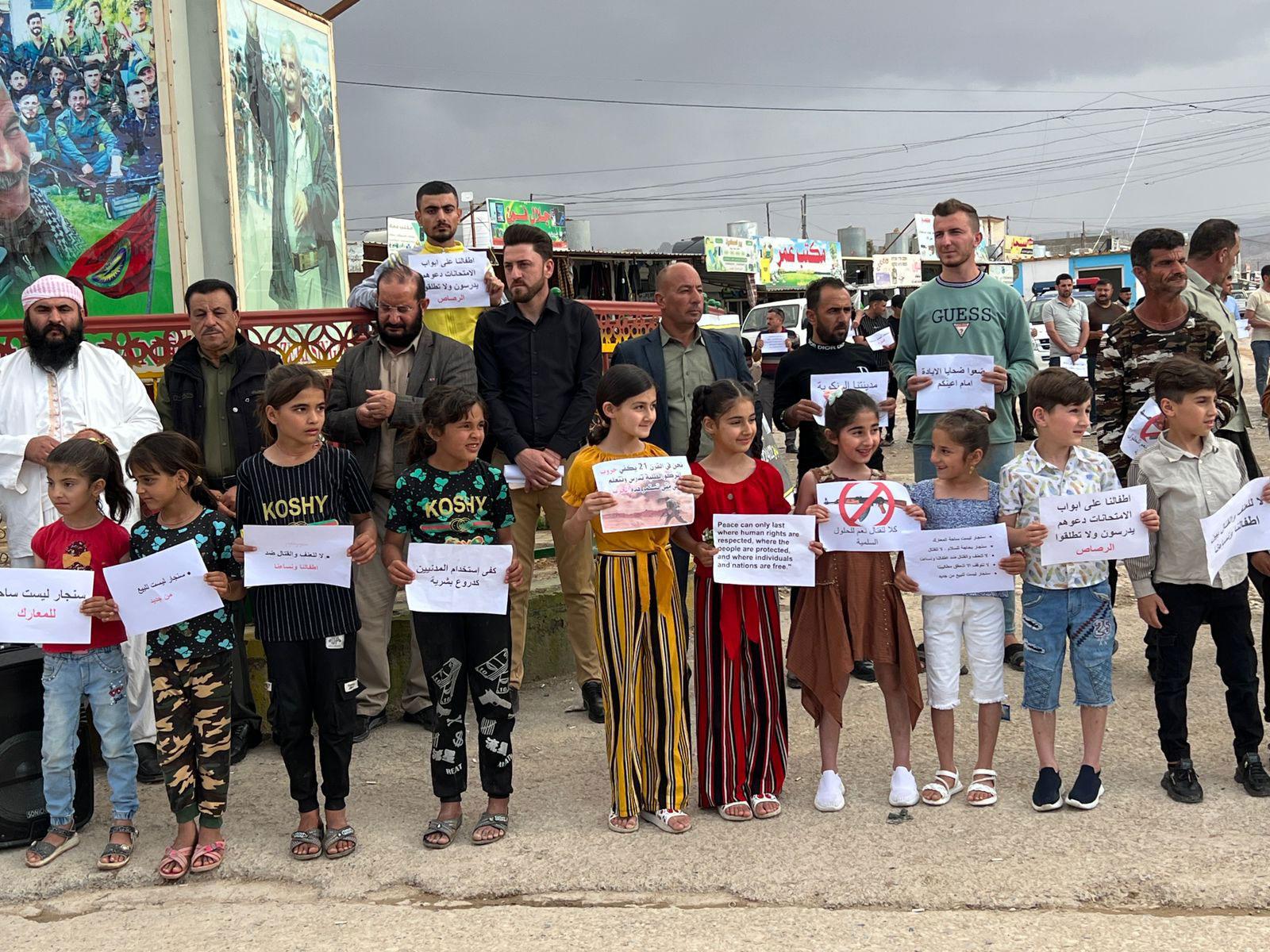
“We came to the streets to demonstrate against all of them. We say we don’t want anyone except the local police and intelligence security of Iraq,” said Dr. Hussein Rasho, a physician who helped organize the protests.
He said the sheer scale of violence at the center of a civilian area prompted the protesters to take action.
“It was crazy. We hadn’t seen such a thing since the third of August 2014,” Rasho said. He works at a local hospital and treated the injured as they came in from the most recent fighting.
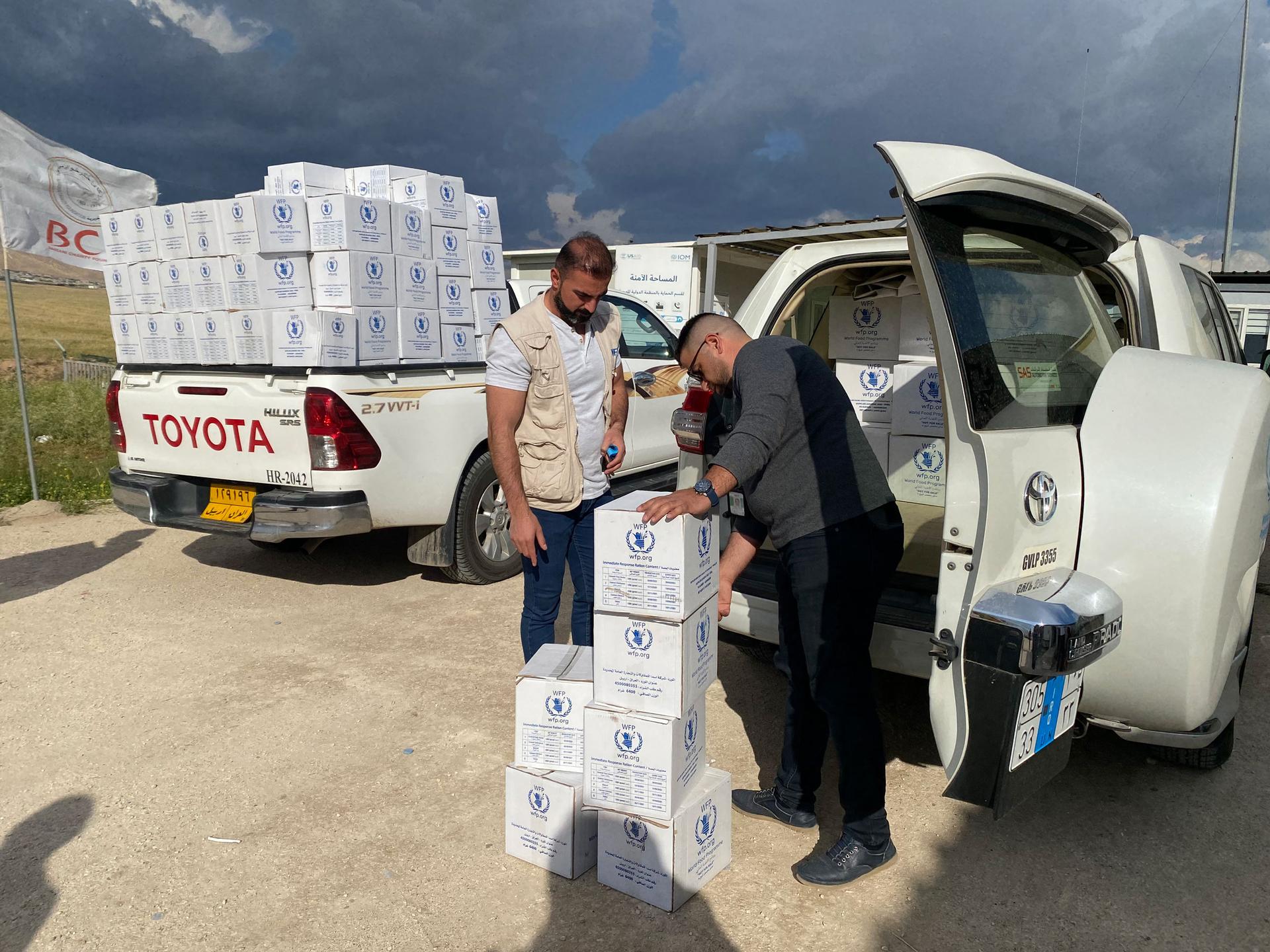
Rasho said Sinjaris now feel stuck in a tug-of-war between different security actors.
Many of those displaced said they won’t return to Sinjar until they can hold their fate in their own hands. At the same time, those in camps fear they will live under plastic tarps indefinitely.
“If it’s safe we want to go back to Sinjar, but if it isn’t, we don’t want to live in tents forever. … Tents are not a solution.”
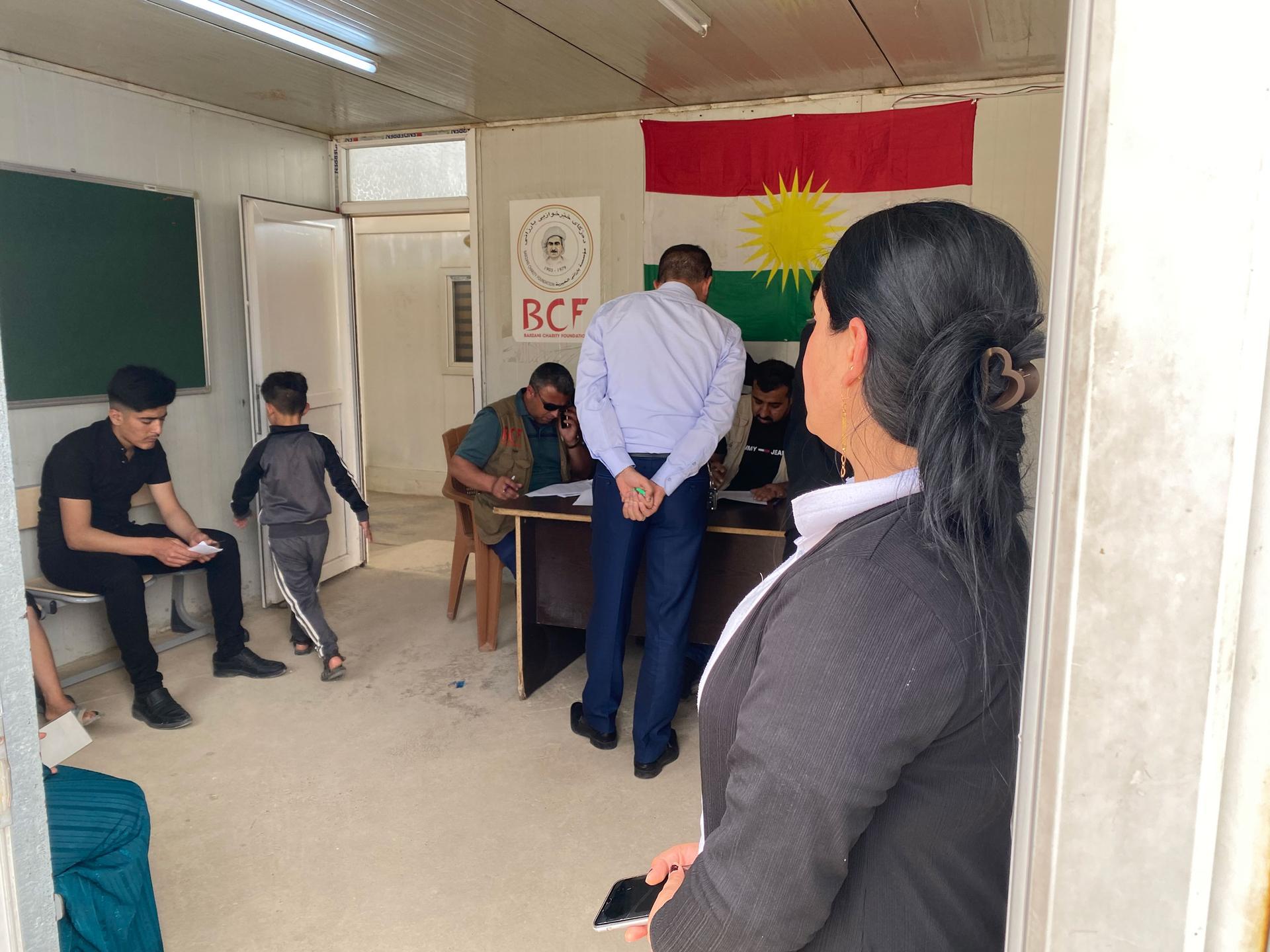
“If it’s safe we want to go back to Sinjar, but if it isn’t, we don’t want to live in tents forever,” said Shami Murad, Jalal’s cousin, recalling the electrical fire that burned down their tents last time they were at the displacement camp.
“Tents are not a solution.”
The Associated Press contributed to this report.
